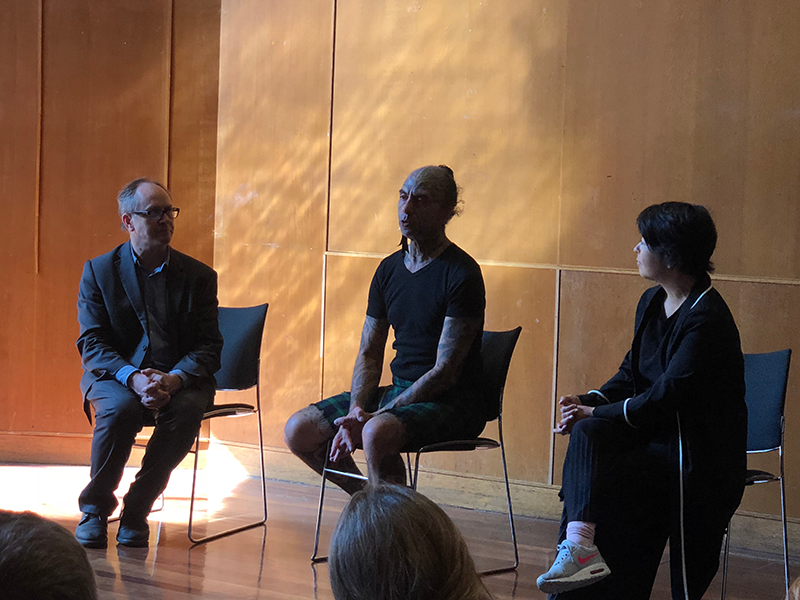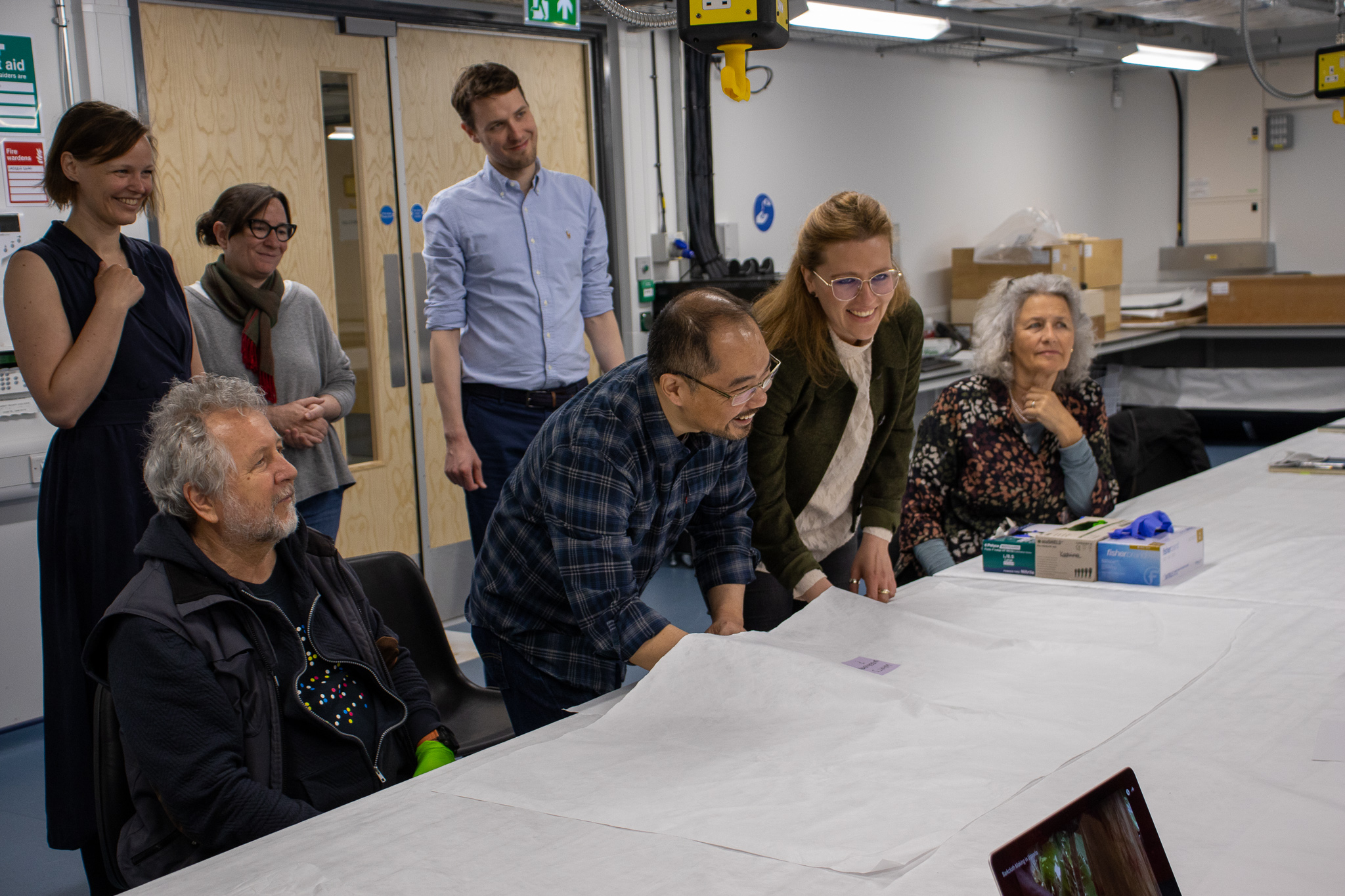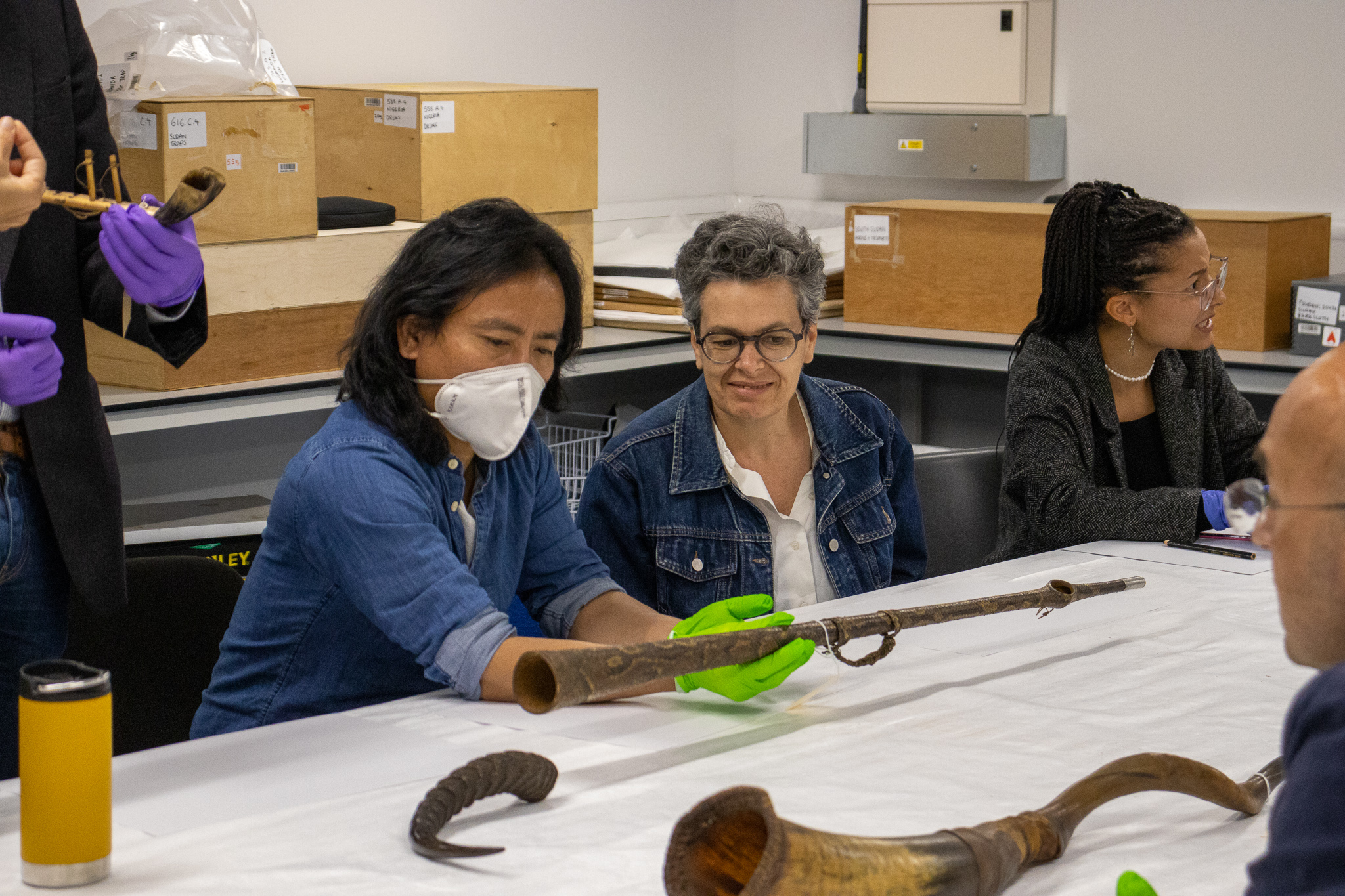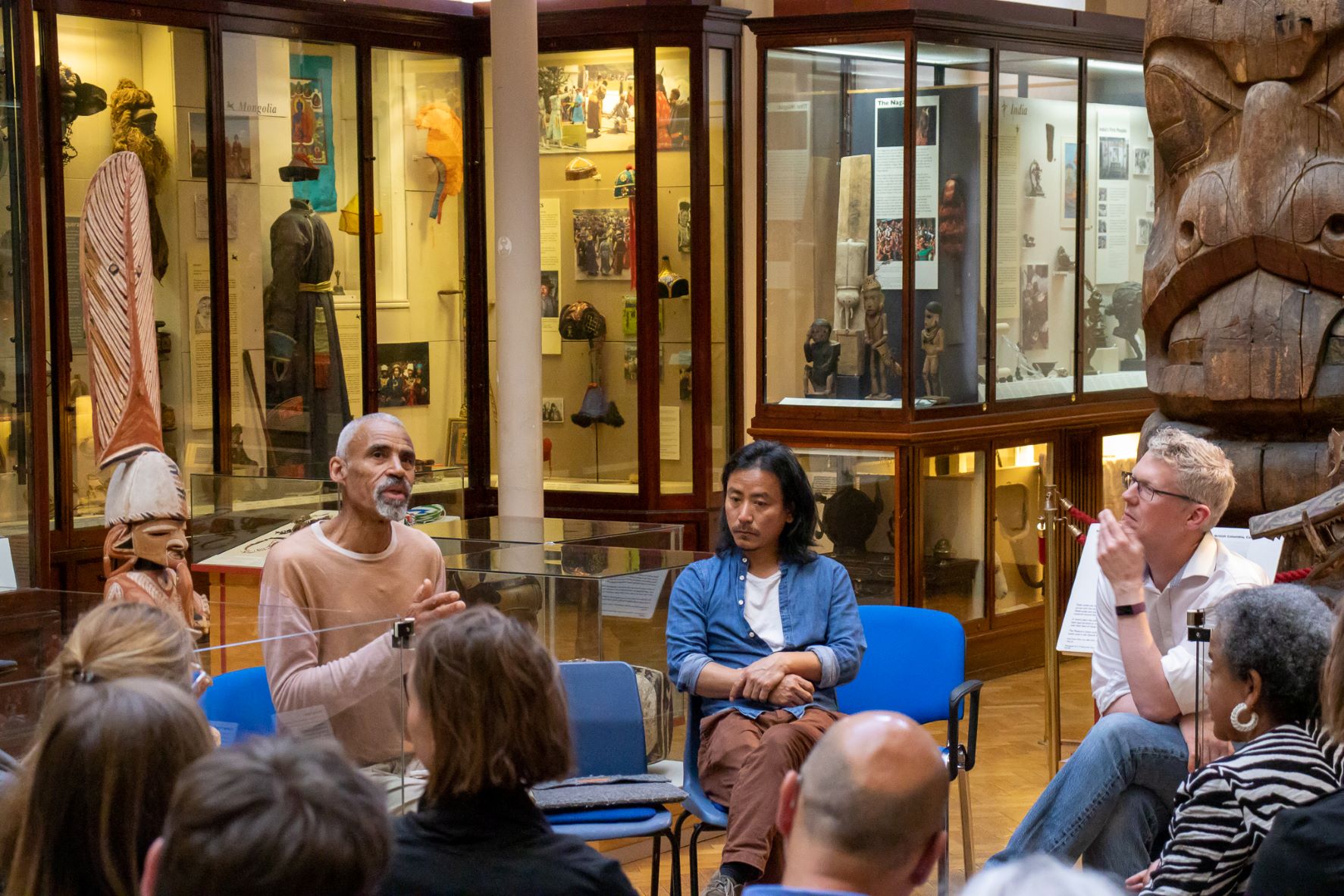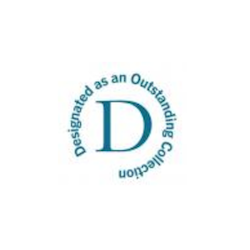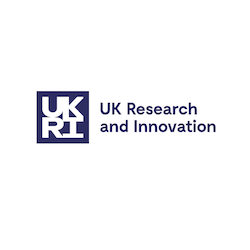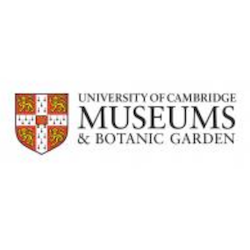About
Alarming environmental shifts and crises have raised public awareness about the future of the planet. While planetary in cause and scale, the negative effects of the climate crisis are unequally distributed, affecting most intensely some whose positions are already extremely fragile, including Indigenous and formerly colonized peoples and contributing to rising global insecurity and inequality. The major environmental risks are connected with other issues, including political instability, failures or alleged failures of democratic government, and the rise of populism, racism and associated expressions of intolerance.
The project TAKING CARE - Ethnographic and World Cultures Museums as Spaces of Care started on October 1, 2019 and places ethnographic and world cultures museums at the centre of the search for possible strategies to address these issues. TAKING CARE is a large-scale European cooperation project led by the Weltmuseum Wien; scheduled to run for four years, it brings together fourteen partner organisations and is co-funded by the Creative Europe programme of the European Union, which has contributed €2,000,000.
Our claim is that world culture museums should no longer be conceived primarily as repositories of heritage to be preserved. They are places of encounter and practice, of social experimentations and innovation, of knowledges and skills, where diverse ways of knowing and being in and with the world, and narratives of diversity can be (re)discovered, co-created and publicly shared. In our time, of crisis and political polarisation, such caring and careful spaces are needed more than ever.
MAA hosted the summative conference of a previous Creative Europe network, ’Sharing a World of Inclusion, Heritage and Creativity.’ From left, Nicholas Thomas, George Nuku. Cambridge, July 2018.
Programme
MAA's contribution to TAKING CARE is focused in two areas. In March 2021, we hosted a pilot, online workshop: Nature/Culture/Empire/Collecting. The discussion addressed:
- the connected histories of natural history and ethnographic collections
- the hidden co-production of such collections, through the involvement of Indigenous and local field assistants, go-betweens and other collaborators
- artefact collections as archives of environmental knowledge and sustainable practice
- what we can gain in the present by reconnecting collections which have been divided between science and world cultures museums
- how we can activate collections to narrate environmental change, and envisage sustainable futures
In April 2022, we hosted a two-day workshop: World Cultures/Natural History, addressing shared museum histories, connected collections, and future potential.
The sessions addressed 'Connected Collections', 'Collections as Environmental Archives', and 'Danger, Damage and Hazards', bringing together researchers and museum practitioners from Cambridge and beyond. Taking into account that the collections were often closely connected historically, but later separated out in disciplinary and curatorial terms, the talks aimed to address questions including: What happens when they are now brought together in the museum space? What are the implications where such collection separation was incomplete? How, and for whom, can ethnographic collections now be mobilised as vital archives of environmental and cultural knowledge?
The highlight for many was a hands-on session at MAA's new Centre for Material Culture, placing objects, their materialities, potentials and vulnerabilities at the centre of conversations, facilitated by the MAA Stores Moe team who are working on redocumenting, repackaging and moving over 250,000 objects to the brand new site.
Two TAKING CARE artists in residence, Temsuyanger Longkumer and Tony Phillips, discussed their experiences and objectives of working within galleries and collections.
Artist residencies
MAA will also host two artists' residencies. Each artist has engaged or will engage with MAA and the Museum's collections through a series of visits, leading to interventions and exhibitions which will feature in the Museum's galleries over a period of approximately a year in each case.
- Tony Phillips: 2021 - 2022
- Enotie Ogbebor: 2022 - 2023


